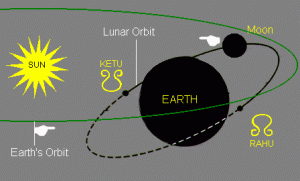Acalanatha, the wrathful manifestation of Mahavairocana, and the principal deity invoked during the goma ritual.
Shingon Buddhism
Shingon Buddhism (真言宗 Shingon-shū) is one of the mainstream major schools of Buddhism in Japan and one of the few surviving Vajrayana lineages in East Asia, originally spread from India to China through traveling monks such as Vajrabodhi and Amoghavajra. Known in Chinese as the Tangmi, these Esoteric teachings would later flourish in Japan under the auspices of a Buddhist monk named Kūkai (空海), who traveled to Tang China to acquire and request transmission of the esoteric teachings. For that reason, it is often called Japanese Esoteric Buddhism, or Orthodox Esoteric Buddhism.
The word “Shingon” is the Japanese reading of Chinese: 真言 Zhēnyán “True Words”, which in turn is the Chinese translation of the Sanskrit word “mantra” (मन्त्र). Continue reading
 The Nagas
The Nagas
















Recent Comments